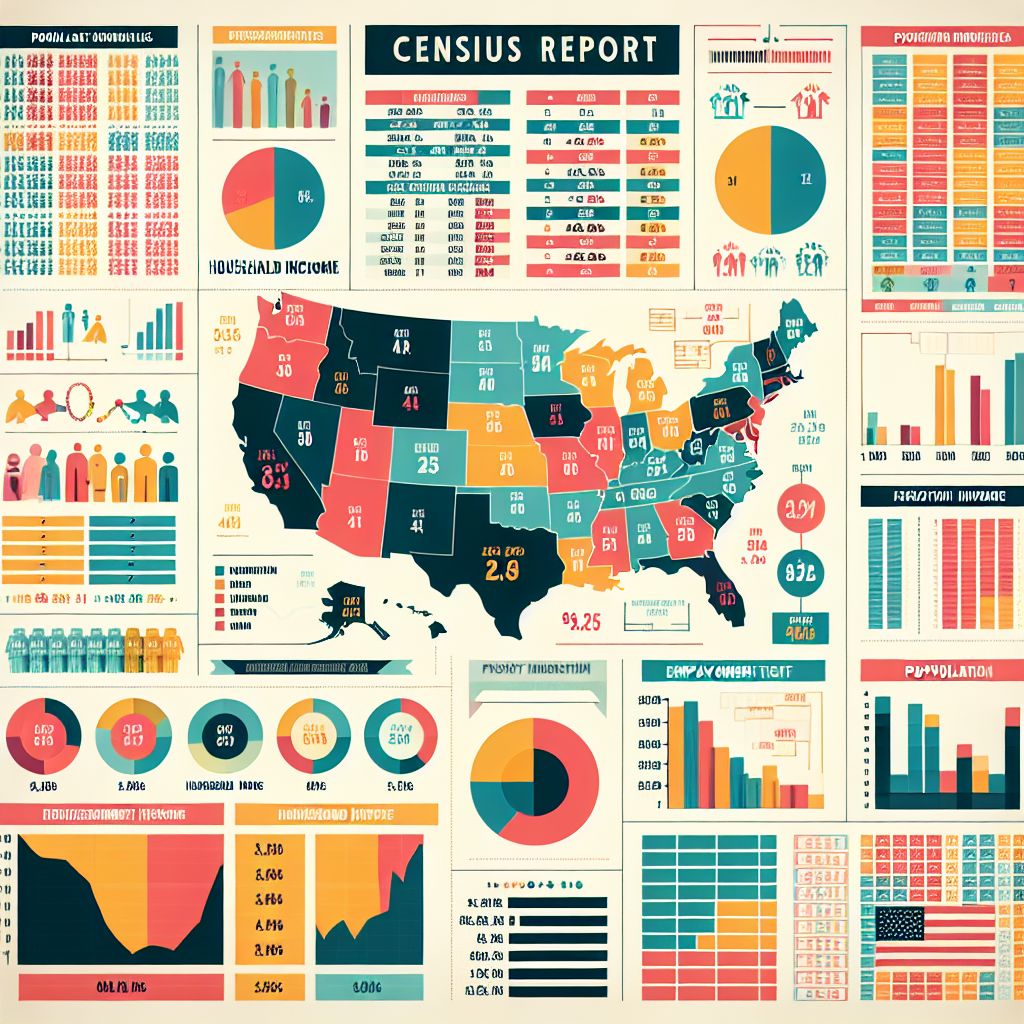Unveiling Pakistan's Economic Landscape: A Tale of Mosques and Factories
Pakistan's first economic census reveals a stark contrast between its religious institutions and industrial establishments. With over 600,000 mosques compared to merely 23,000 factories, the census sheds light on the workforce distribution and regional economic dominance, emphasizing the country's service and small-scale business dependency.

- Country:
- Pakistan
In a groundbreaking release, Pakistan's first economic census has highlighted a striking disparity between religious and industrial establishments. The country is home to over 600,000 mosques but only 23,000 factories, according to the comprehensive report.
This revelation comes as Pakistan grapples with economic challenges, negotiating with the International Monetary Fund for a crucial USD 7 billion bailout package. The census, which forms part of the Population and Housing Census 2023, aims to provide an in-depth understanding of the national economy's dynamics.
The detailed data, released by Minister for Planning Ahsan Iqbal, reveals significant insights into workforce distribution, with the services sector employing nearly half of the total labor force, while the production sector lags behind. This underscores a shift from traditional industrial employment to a service-oriented economy.
(With inputs from agencies.)










